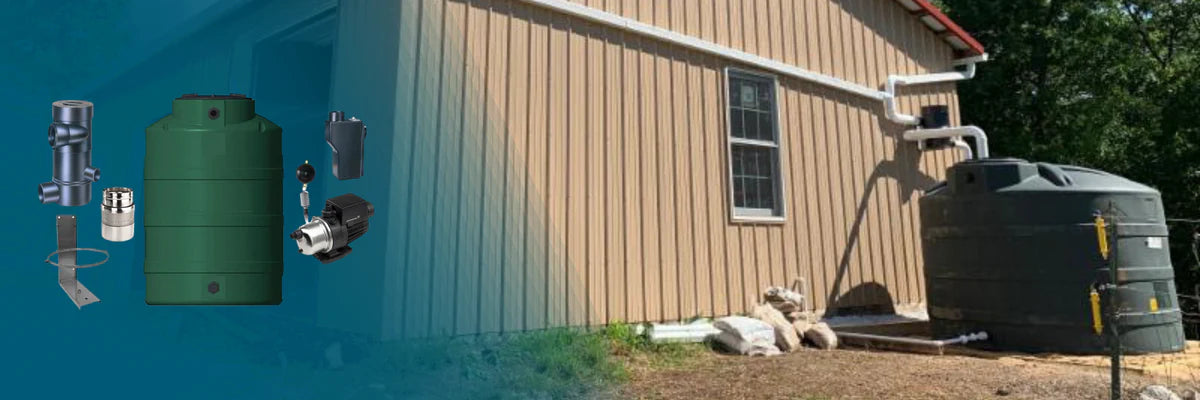Rainwater harvesting is a sustainable and eco-friendly method of collecting and storing rainwater for various uses, such as irrigation, gardening, and even household chores. It not only helps conserve water but also reduces the strain on public water supplies. Installing a rainwater harvesting system at home can be a great way to contribute to water conservation efforts and save on water bills.
- Assess Your Water Needs: The first step in installing a rainwater harvesting system is to assess your water needs. Determine the areas in your home or garden where you can use rainwater and estimate the amount of water you will require. This will help you determine the size and capacity of the system you need.

- Choose the Right System: There are different types of rainwater harvesting systems available, so it's important to choose the right one for your needs. The two most common types are direct and indirect systems.
- Select a Suitable Location: Once you have chosen the type of system, the next step is to select a suitable location for the installation. Ideally, the system should be placed near the area where you will be using the rainwater. It should also be easily accessible for maintenance and cleaning purposes.
- Install the Gutters and Downspouts: They play a crucial role in collecting rainwater from the roof and directing it towards the storage tanks. Install gutters along the roofline and connect them to downspouts that lead to the storage tanks. Ensure that the gutters are properly sloped to allow water to flow freely towards the downspouts.
Conclusion
Installing a rainwater harvesting system at home is a practical and sustainable solution to conserve water and reduce reliance on public water supplies. By following the step-by-step guide outlined in this article, you can successfully install a rainwater harvesting system and enjoy the benefits of free and abundant rainwater for various uses. Remember to assess your water needs, choose the right system, select a suitable location, install the necessary components, connect the rainwater to your home, and regularly maintain and monitor the system.